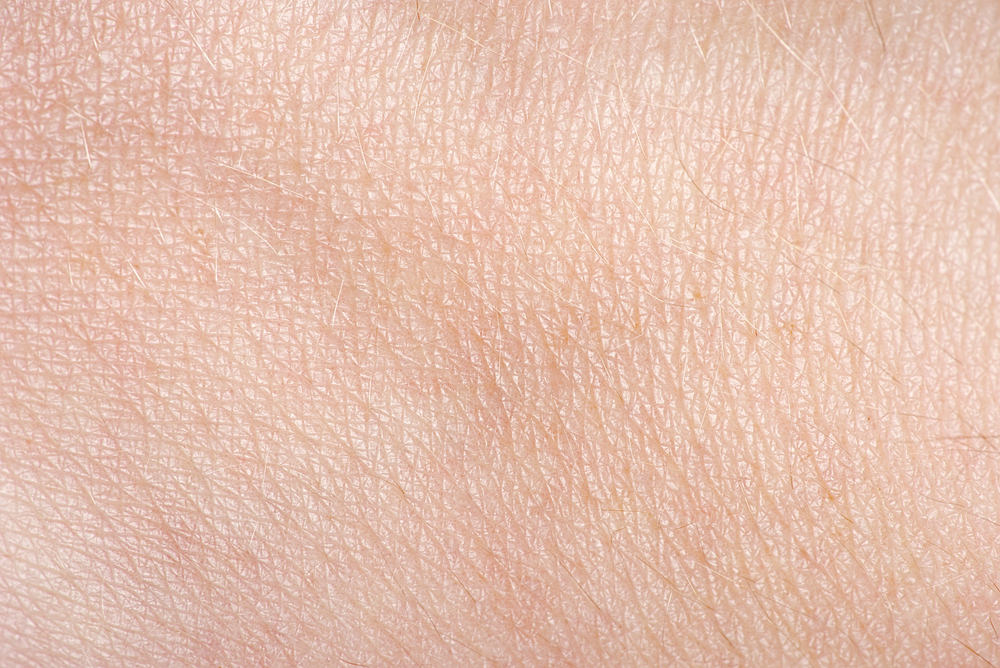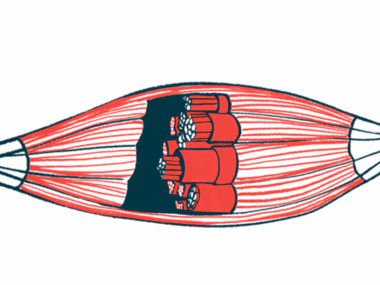More Research Needed for Using Skin Biopsies to Diagnose, Provide Early Treatment for Parkinson’s Disease
Written by |

Though alpha-synuclein, the dysfunctional protein in Parkinson’s disease that can be found in skin nerve fibers, has been shown to be a reliable biomarker of the condition that could lead to early treatment, more research is needed to standardize diagnostic techniques using biopsies, according to recent study perspective published in Neuropsychiatric Disease and Treatment.
The paper, “Alpha-Synuclein In Cutaneous Small Nerve Fibers,” by authors from University Hospital Carl Gustav Carus, in Dresden, and Beth Israel Deaconess Medical Center at Harvard Medical School, was published in Neuropsychiatric Disease and Treatment.
“While quantification of alpha-synuclein deposition might be a valid biomarker for [Parkinson’s disease], several current limitations would have to be overcome to enable broad clinical implication of the technique,” the authors wrote.
The first step should be to find consensus on what procedure would best analyze skin samples of alpha-synuclein accumulation in order for researchers and doctors to generate comparable data and define clinical standards.
Skin samples are obtained through superficial punch biopsies and then stained for alpha-synuclein and nerve fiber markers. The procedure has already been shown to safely provide results with high sensitivity and specificity in the detection of Parkinson’s disease. But the standardization of analysis techniques to identify patterns of alpha-synuclein accumulation that distinguish Parkinson’s disease from similar pathologies caused by the same protein is still needed.
Needing further study is how alpha-synuclein deposition in cutaneous small fibers might lead to early distinction between Parkinson’s disease and other diseases, including dementia with Lewy bodies, multiple system atrophy, and Alzheimer’s disease.
“There is emerging evidence on an important pathogenic role of deposition of alpha-synuclein in cutaneous small nerve fibers, quantitative analysis of which might facilitate differentiation between synucleinopathies, early diagnosis, disease monitoring, and evaluation of response to neuroprotective treatment,” the authors wrote. “Further research is warranted to standardize analysis techniques, elucidate progression of pathology over time, and define the association between structural and functional impairment of nerve fibers affected by alpha-synuclein deposition.”





